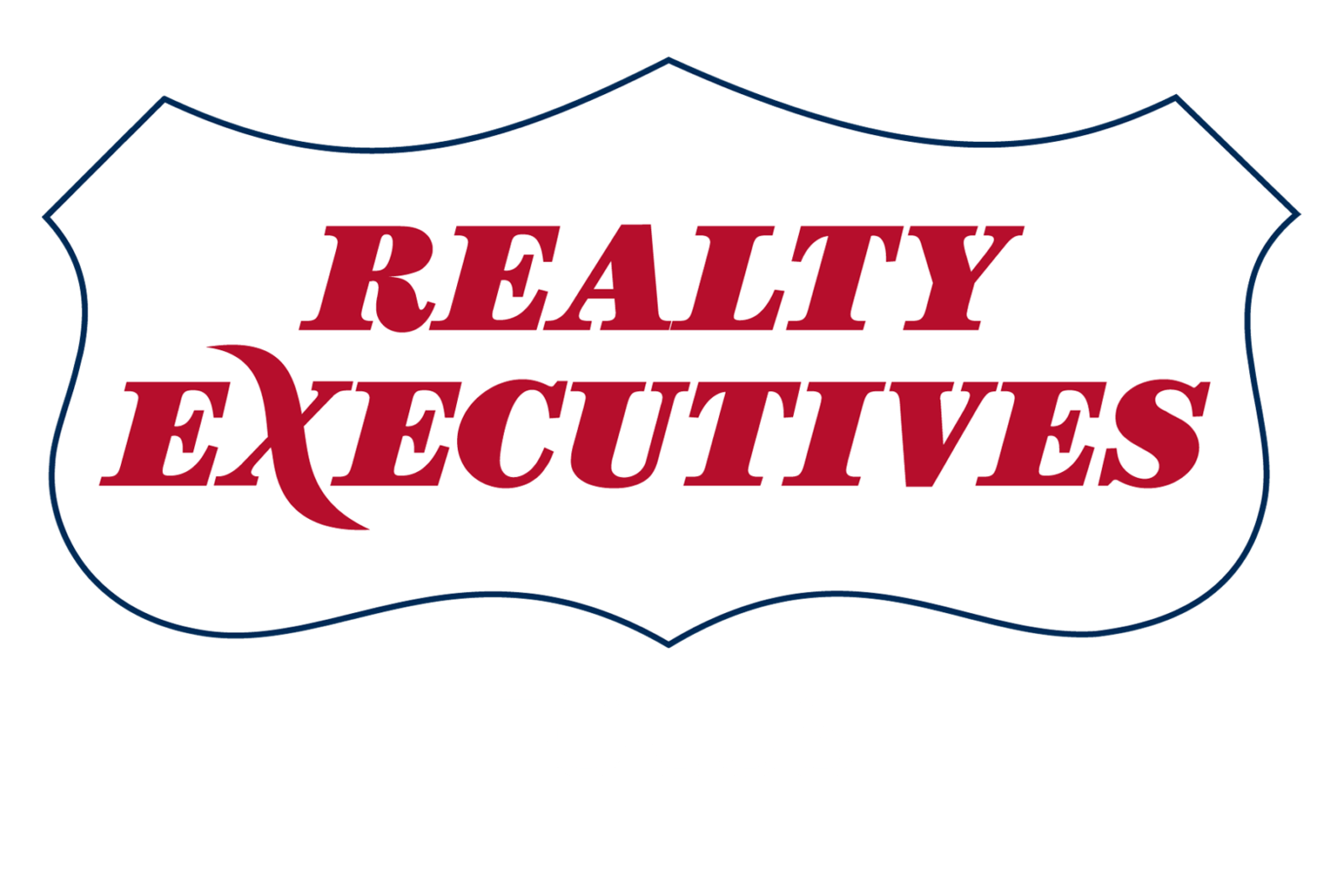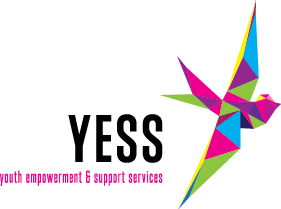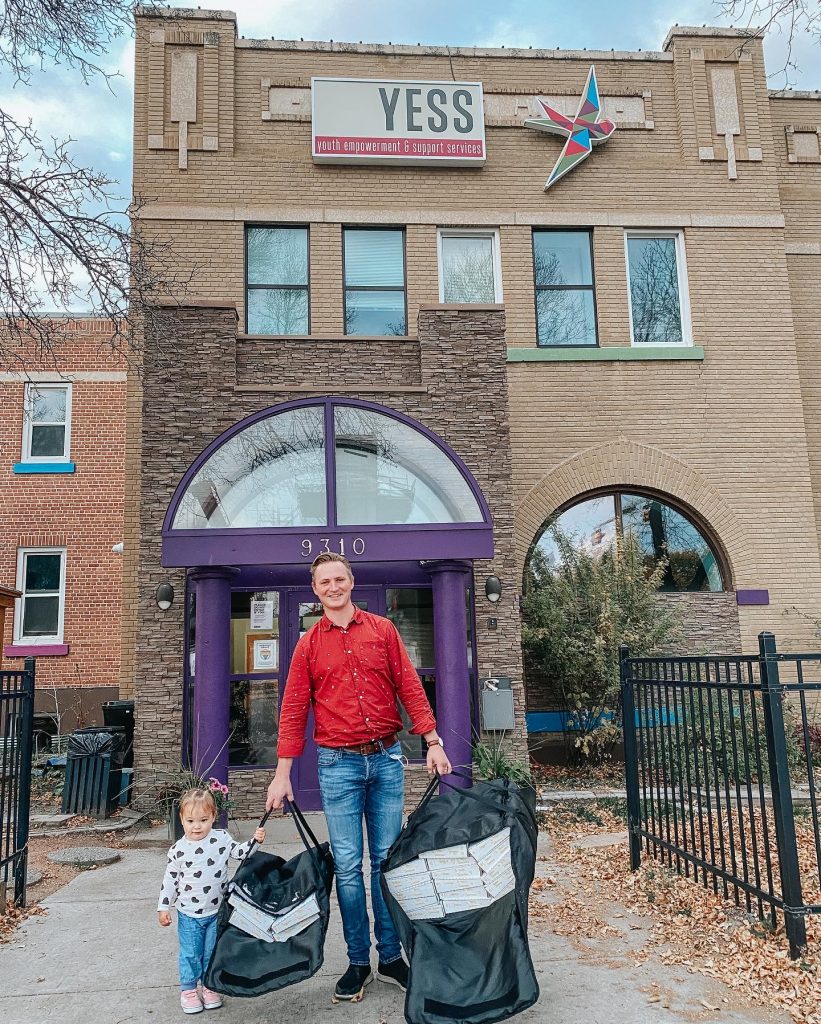Buying a home is an important financial commitment. Home ownership may be the biggest investment you’ll ever make, so it’s important to do your homework and take your time. There’s a lot to think about when choosing a mortgage including the size of the mortgage, the down payment you’ll make, amortization period (the amount of time you’ll take to pay off your mortgage), the term of the mortgage and whether you’re most comfortable with a fixed or variable rate of interest.
Different prices for different areas in Alberta. It is important to know what area of the city you are looking at and what you have to work with. I am extremely knowledgeable and well-informed of current market rates in Sherwood Park, Fort Saskatchewan, Edmonton, St. Albert, Spruce Grove and surrounding area. I have had experiences with a LOT of first time home buyers, investors and much more. I also have a property management division under our brokerage (including a few rentals of my own) so I will definitely be able to help you and guide you through the home-buying process.
Home ownership is a big decision. It’s important to do your homework and take your time when deciding on a mortgage. Click here for a mortgage calculator. Here is my beginner’s guide to mortgages!
Understanding Mortgages
What is a Mortgage?
When you buy a home, you may only be able to pay for part of the purchase price. The amount you pay is a down payment. To cover the remaining costs of the home purchase, you may need help from a lender. The loan you get from a lender to help pay for your home is a mortgage.
A mortgage is a legal contract between you and your lender. It specifies the details of your loan and it’s secured on a property, like a house or a condo.
With a secured loan, the lender has a legal right to take your property. They can do so if you don’t respect the conditions of your mortgage. This includes paying on time and maintaining your home.
How a Mortgage Works When Buying a Home:
- The buyer uses funds from a mortgage to pay the seller for the property and the buyer repays any money borrowed, plus interest and fees, over a set period of time (e.g., 5, 10, 15, 20 or 25 years).
- The buyer pays the lender generally every month. A portion of the payment, the principal, is used to pay down the amount borrowed and a portion of the payment is applied to interest.
- The mortgage is registered on the property with the applicable provincial or territorial land registry office.
- In many cases, the buyer can move into the new home as soon as the closing is complete (contract terms can sometimes specify a later move-in date).
How Much Mortgage Can I Afford?
The rule of thumb is you can afford a mortgage where your monthly housing costs are no more than 32% of your gross household income, and where your total debt load (including housing costs) is no more than 40% of your gross household income. This rule is based on your debt service ratios.
Most lenders use two calculations to determine the maximum amount you can afford:
Gross Debt Service (GDS) Ratio. Housing costs such as your mortgage, heat, condo fees and property taxes make up your GDS.
Total Debt Service (TDS) Ratio. Adding any additional debt payments such as student loans and credit card debt to your GDS gives you your TDS.

Home buying programs, plans and incentives
Before you buy a home, consider the programs, plans and incentives available to you.
Canada’s Home Buyers Plan (HBP)
This plan allows first-time home buyers to withdraw up to $35,000 per person from their Registered Retirement Savings Plans (RRSP), without tax liability, to buy a home in Canada. You don’t have to start paying back your RRSP until two years after the purchase of the home. Before cashing in your RRSP to buy a home, weigh the pros and cons carefully. To be eligible for the HBP:
- Written agreement to buy or build a home
- You intend to occupy the home as your principal residence
- First time homebuyer
- Your HBP balance on January 1 of the year you withdraw has to be zero
*IMPORTANT Terms You Need to Know
Pre-Qualification: This is ideal when you’re only thinking about buying a home. A lender will collect basic information about your finances and then give you an approximate figure for how much they’d potentially be willing to lend you to buy a property.
Pre-Approval: Getting pre-approved for a mortgage is the next step after pre-qualifying. In this stage a lender will verify the financial information you provide them and run a credit check. If you are pre-approved, it indicates that the lender is committed to providing you with a loan. However, the final amount they’re willing to lend you and the terms of the mortgage are subject to change based on an actual property valuation as well as market fluctuations.
The Mortgage Stress Test: This is a calculation of whether you can still afford to pay your mortgage in the event that rates increase. The results of this stress test will determine your qualifications for the mortgage you’re looking to take and applies to all home buyers, including those who make a 20% down payment on their home.
Down Payment: This is the amount of money you’re required to pay upfront when buying real estate. The bigger your down payment, the smaller the mortgage you’ll need. The size of your down payment depends on the purchase price of your home. For example, if you spend less than $500,000 on a home, you’re only required to put 5% of the purchase price down.
Mortgage Rate: This is the interest rate you’ll pay on your mortgage. This will determine how much you pay in interest over the life of your mortgage. Your mortgage rate may change depending on if it’s fixed or variable (more on that below).
Closing Costs: These are expenses that you’re required to pay out of pocket leading up to your closing date (move-in day). Examples of closing costs include real estate lawyer fees, land transfer taxes, a home inspection, and movers. It’s a good idea to budget between 1.5% and 4% of a home’s purchase price towards closing costs.
Requirements for getting a mortgage
Whenever you apply for a mortgage, lenders are looking for three major things. As long as you have the following, you should be approved:
- A good credit score. Lenders want to ensure that you’re creditworthy. A lender is generally looking for a borrower with a credit score above 670 or 680 with no late or delinquent payments. However, if you have late payments, or, in some cases, if you’ve filed for bankruptcy or a consumer proposal, you may still be able to get a mortgage. A lender will usually want to know the reason why you have a credit blemish. If it’s due to life circumstances outside your control (e.g. you got sick or were laid off from work and fell behind on bills) and you can prove you’re a responsible borrower otherwise, you may still be able to get a mortgage.
- A down payment. You need to have at least 5% of the purchase price saved to qualify for a mortgage. If the down payment funds are from a bank account, the lender will usually want to see a 90-day transaction history. If the funds are from investments or RRSPs, you’ll usually need to provide three monthly statements.
- Secured income. Having a full-time job will prove that you have a steady income.Lenders are looking for borrowers with a stable source of income. You’ll need to be able to prove that your income is sufficient to regularly make mortgage payments.
Even if you don’t meet all the criteria, you may still have options. Some lenders are willing to work with borrowers with a lower credit score, but you may have to pay a higher interest rate. Freelancers and low-income individuals can still get a mortgage, but they may need to prove their income or get a co-signer.
Mortgage Stress Test
The official stated purpose for the stress test is to protect consumers and financial institutions from trouble when mortgage rates rise in future.
Regulated lenders determine how much you can borrow using a rate set by the federal government. As a result, the rate is set higher (currently much higher) than rates being offered by lenders. This buffer means consumers should be able to continue to pay their mortgage if rates go up.
Speak with a Mortgage Specialist to discuss all mortgage options available to you.
Refer: Mortgage Innovation Solutions
I have been working with Kris Crawford of Innovative Mortgage Solutions for a number of years and I would highly recommend his expertise. We will work hand-in-hand to provide you with the best options as a first time home owner!
100 – 960 Emerald Drive
Sherwood Park, AB T8H 0W6
Phone: (780) 416-1085 | Fax: (780) 401-3125
Email: kcrawford@innovativemortgage.ca
Where to Find Me:
Ready to start your home search? I have experience and knowledge in Edmonton and Surrounding area including but not limited to Sherwood Park, Fort Saskatchewan, St. Albert, Beaumont, Lamont, Bon Accord, Spruce Grove and more!
Resources used:
https://cba.ca/understanding-mortgageshttps://www.canada.ca/en/financial-consumer-agency/services/mortgages.html
https://www.rbcroyalbank.com/mortgages/understanding-mortgages.html
https://www.greedyrates.ca/blog/mortgages-101-a-guide-to-getting-your-mortgage/
This article offers general information and should not be regarded as a complete analysis of the subject matter discussed. It is not intended as legal, financial or other professional advice. Consult a professional advisor regarding your specific situation.








